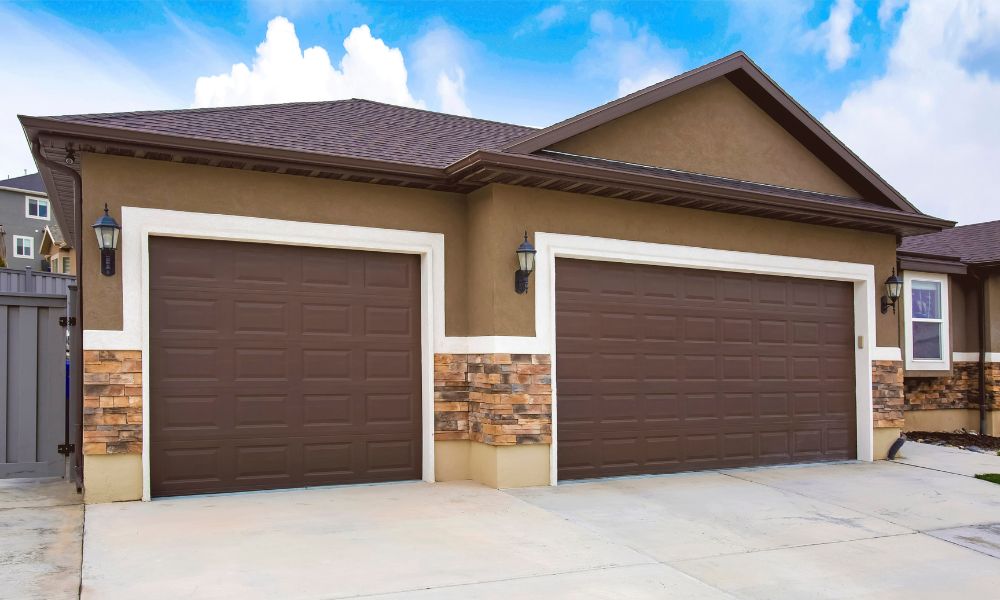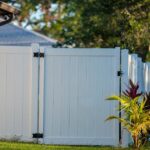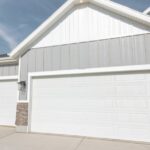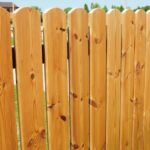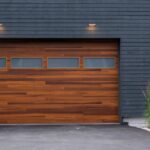If you’ve ever noticed a gap at the bottom of your garage door, you’re not alone. This common issue affects many homes and causes a myriad of disturbances. Recognizing the root of the problem is the only way to resolve it. Read up on the causes of a gap at the bottom of your garage door.
Worn Rollers
Garage door gaps are indicative of wear and tear on the door’s rollers. Metal components eventually wear down, bend, or break from everyday use. When dull, aged rollers struggle to guide the door properly, and the uneven movement causes an undesirable gap at the base of the garage.
Misaligned Door Tracks
The rollers travel on the tracks to open and close the door. The door cannot operate smoothly if the tracks are bent, twisted, or otherwise out of alignment. Such discrepancies disrupt the door’s balance, and one side may close faster than the other or sit in a slanted resting position. Then, the door cannot uniformly contact the ground across its entire width. This results in a gap that reduces the door’s ability to insulate and secure the garage.
Improper Water Drainage
Inadequate or clogged gutter systems and downspouts can direct water toward the foundation under the garage, leading to moisture buildup. This can cause erosion or shifting of the ground beneath the concrete slab, again resulting in an uneven surface.
Water pooling around the door’s threshold can degrade the bottom seal. Ensuring your home’s downspouts direct water away from the garage and installing drainage solutions can mitigate these issues and preserve the integrity of the garage door.
Shifting Concrete Floors
It’s normal for concrete to settle because the soil it rests upon naturally expands and contracts over time. Concrete floors can crack or slope due to extreme weather conditions or substantial weight. As they shift, they create an uneven surface for the garage door to rest on. If the door was initially level, any change in the concrete’s alignment can prevent it from lying flat.
Damaged Weatherstripping
Weatherstripping establishes a tight seal between the garage door and the floor. It is the answer to pest and weather-related concerns. However, gaps may form at the bottom of the garage door when this protective barrier is compromised. These openings are entry points for water, dirt, and vermin.
Frequent use, temperature fluctuations, and exposure to the elements impair weatherstripping’s effectiveness. This strip of rubber or vinyl material can crack, harden, tear, and create a space between the garage door and the floor.
Don’t take the causes of gaps at the bottom of garage doors lightly. Hire a professional garage door service to eliminate the problem and prevent further complications. The Door and Fence Store can assist you with much-needed garage door maintenance. Our team is ready to make your garage door operate properly once again.

